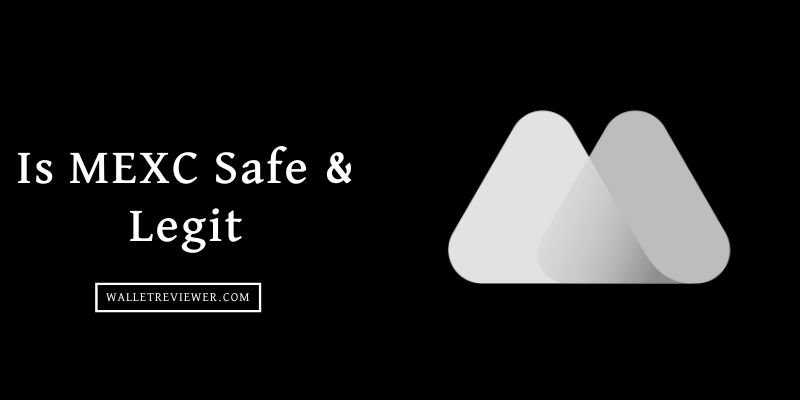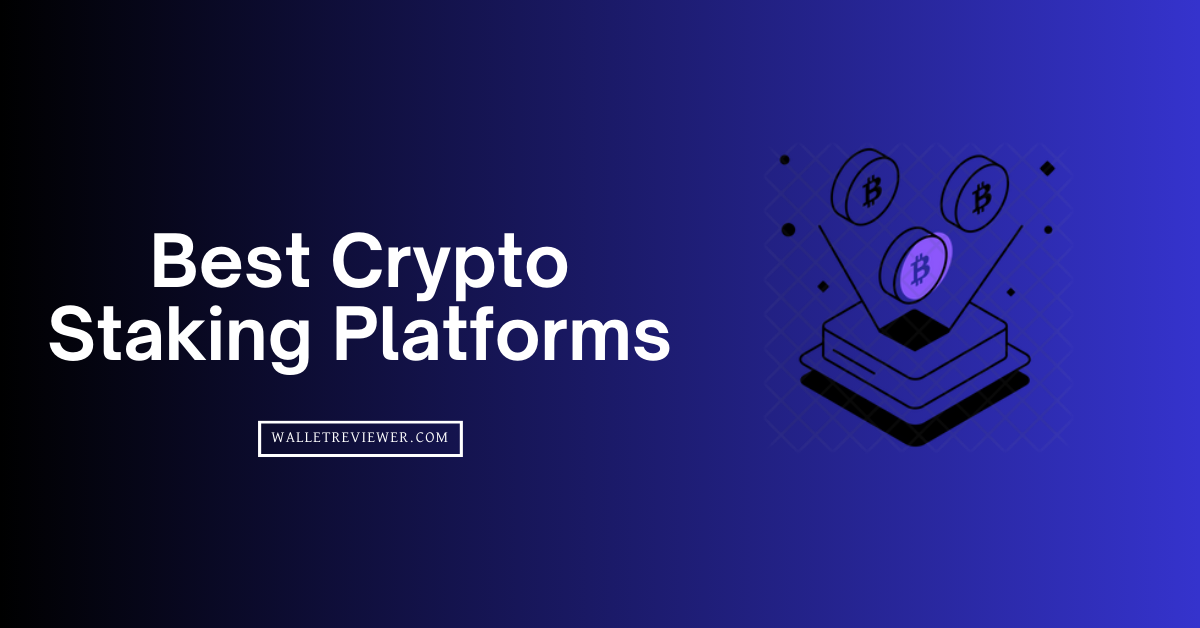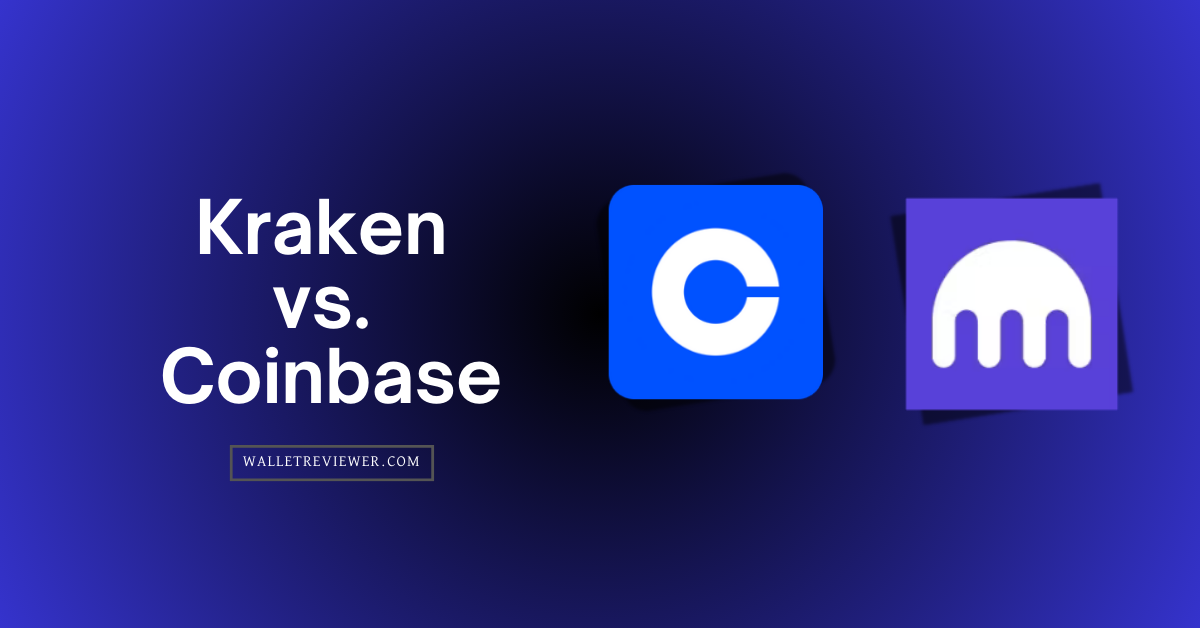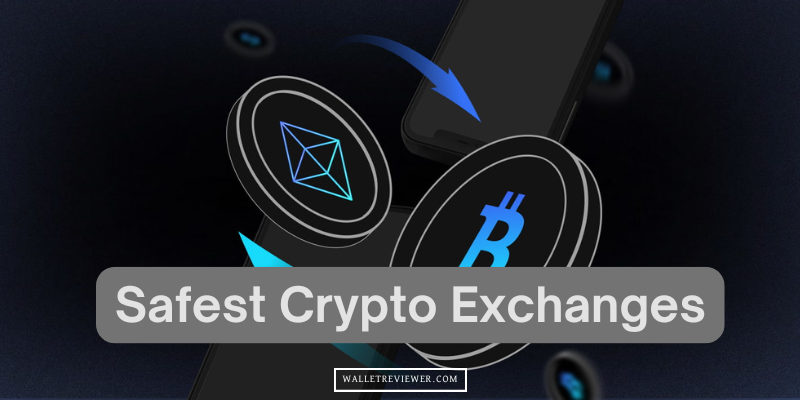MEXC looks like a powerful exchange with big features and zero-KYC trading. But before you jump in, you need to know how safe it really is. Many traders trust it for fast signups, low fees, and a huge list of coins. But behind that smooth experience, are there any risks?
In this guide, you will see the real picture, how MEXC protects your money, Is MEXC safe to use, where it still lacks, and what you should do before using it. You will get straight answers with no fluff. Let’s get into the facts that matter.
Why MEXC is Secure For Trading?
MEXC exchange is really secure for crypto trading and withdrawing funds. The exchange has been operating since 2019 and has over $50M+ active users. It is by far the best exchange for no-KYC trading with over $2 billion in daily trading volume. Also, according to Defillama, MEXC currently holds $1.164 billion in user assets.

MEXC Exchange Safety Rating
MEXC holds a “Security Rating A” with an 80% security score from Certik, a platform that assesses crypto exchange security. This rating is based on various factors, including server security, user security, penetration tests, and bug bounty programs.
A CertiK rating is important because it provides an independent and objective assessment of an exchange’s security posture. CertiK is a leading blockchain security auditor that uses advanced AI-driven technology and real-time monitoring to identify vulnerabilities. A strong rating from CertiK indicates that an exchange has undergone rigorous security evaluations.
Read our in-depth MEXC review for more information.

Is MEXC Safe to Use? Security Measures Tested
MEXC, like other major cryptocurrency exchanges, implements a multi-layered security framework to protect user assets and data.
1. Cold and Hot Wallet Separation
MEXC employs a strategic separation of digital assets into cold and hot wallets. The vast majority of user funds are stored in “cold wallets“. These wallets are not connected to the internet, making them immune to online hacking attempts, malware, and other network-based threats.
The private keys for these cold wallets are typically generated and stored in secure, air-gapped environments, often involving hardware security modules (HSMs) or multi-signature devices that are physically isolated. This offline storage minimizes the attack surface for large-value assets.
A smaller portion of funds is maintained in “hot wallets,” which are online wallets connected to the internet. These hot wallets are necessary for facilitating daily operations such as user withdrawals and trading activities. To manage the inherent risks of online storage, MEXC’s hot wallets are subject to strict fund limits, typically holding a very small percentage of the total user assets.
These hot wallets are protected by real-time monitoring systems, advanced risk control algorithms, and secure key backup procedures. The design aims to balance operational efficiency with maximum security, ensuring that even if a hot wallet is compromised, the impact on overall user funds is limited due to the small amount held online.
Read More: Best no-KYC crypto exchanges
2. Multi-Signature (Multi-Sig) Wallets
A multi-signature wallet requires multiple independent private keys to authorize a transaction, rather than a single key. This mechanism acts as a multi-layered lock. For instance, in a 2-of-3 multi-sig setup, at least two out of three designated private keys must sign a transaction for it to be valid and executed.
MEXC uses this technology to protect large asset movements. For cold wallet funds, any transfer of assets necessitates approval from multiple offline private keys, which are distributed among different authorized personnel or entities. This means that no single individual or compromised system can unilaterally move funds.
3. Two-Factor Authentication (2FA)
Two-Factor Authentication (2FA) is a mandatory security layer for user accounts on MEXC. 2FA requires users to provide two different types of verification before accessing their account or performing sensitive actions.
MEXC supports common forms of 2FA, primarily through time-based one-time passwords (TOTP) generated by authenticator applications like Google Authenticator or MEXC’s proprietary authenticator. When a user logs in, initiates a withdrawal, or attempts to modify security settings, in addition to their password, they must enter a unique, time-sensitive code generated by their 2FA application. This code changes typically every 30-60 seconds.
4. Anti-Phishing Code
The Anti-Phishing Code is a user-configurable security feature designed to protect users from phishing attempts via email. Users can set a unique, personal anti-phishing code (a string of 1 to 6 characters) within their MEXC account settings.
Once this code is set, all official emails sent by MEXC to that user will include this specific code. When a user receives an email purportedly from MEXC, they can immediately verify its authenticity by checking for the presence and correctness of their anti-phishing code.
If the code is missing, incorrect, or if the email appears suspicious in any other way, it serves as a strong indicator that the email is a phishing attempt from a scammer.

5. Advanced Risk Management System
This system utilizes advanced algorithms and behavioral analysis to detect and identify suspicious trading patterns and activities that could indicate market manipulation (e.g., pump-and-dump schemes, wash trading, spoofing) or fraudulent behavior.
Upon detecting suspicious activity, the system initiates an immediate review process. If violations are confirmed, MEXC implements strict measures, which can include freezing accounts involved in illicit activities for extended periods (e.g., up to 365 days) and, in severe cases, rolling back assets to protect the interests of other users affected by market manipulation.
6. Regular Security Audits and Penetration Testing
These audits are conducted both by internal security teams and reputable third-party cybersecurity firms. Penetration testing involves simulating real-world cyberattacks (e.g., attempting to exploit system weaknesses, bypass security controls, or gain unauthorized access) to assess the platform’s resilience under extreme conditions.
These “stress tests” help MEXC to proactively identify and patch potential vulnerabilities before they can be exploited by malicious actors.
MEXC also plans to run a bug bounty program. This program encourages independent security researchers and white-hat hackers globally to discover and responsibly report security vulnerabilities.
7. Data Encryption Protocols
For data in transit, MEXC uses Secure Sockets Layer (SSL) encryption (or its successor, Transport Layer Security – TLS). This cryptographic protocol ensures that all communication between the user’s device and MEXC’s servers is encrypted, preventing eavesdropping, tampering, and message forgery.
When a user accesses the MEXC website or app, an encrypted connection is established, meaning all login credentials, trading instructions, and personal data are transmitted securely.
8. Withdrawal Address Whitelisting
This feature allows users to pre-approve a list of cryptocurrency wallet addresses to which they can send funds. Once enabled, withdrawals can only be made to addresses that have been explicitly added to this “whitelist.” The system will block any attempt to withdraw funds to an address not on this list.
The process of adding a new address to the whitelist typically requires multiple verification steps, such as 2FA, email confirmation, or even a temporary withdrawal lock period after a new address is added.

9. User Protection Fund (Guardian Fund)
This fund is a substantial reserve (e.g., $100 million, as publicly announced) specifically allocated to compensate users in the event of severe security incidents, such as large-scale platform exploits, targeted attacks, or unforeseen system vulnerabilities that result in user asset losses.
Is MEXC Exchange a Scam or Legit?
Now, is MEXC safe or just a scam? Yes, MEXC is a safe and legitimate operational cryptocurrency exchange. MEXC has established itself as a significant player in the crypto space since its launch in 2018, offering a wide array of trading options across over 3,000 cryptocurrencies.
Its legitimacy is supported by its extensive user base of over 50 million, consistent trading volume, and a comprehensive security infrastructure designed to protect user assets and data. This includes the use of cold storage for the majority of funds, multi-signature wallets for enhanced transaction security, and mandatory 2FA for user accounts.
The platform’s regular Proof of Reserves publications further contribute to its transparency, demonstrating that user funds are backed by actual holdings.
Can I Withdraw Funds from MEXC without Issues?
Generally, yes, you can withdraw funds from MEXC without issues. MEXC processes withdrawals efficiently, often within minutes for standard transactions. To ensure security, withdrawals are protected by features like two-factor authentication (2FA) and optional address whitelisting, which restricts withdrawals to pre-approved addresses.
Daily withdrawal limits vary based on your account’s Know Your Customer (KYC) verification status. For instance, unverified users typically have a daily withdrawal limit of 10 BTC, while users who have completed Advanced KYC can withdraw up to 200 BTC daily.
Can MEXC Freeze Your Funds?
MEXC’s risk management system allows for the freezing of funds primarily in cases of suspected market manipulation, fraudulent activities, or in response to legal and regulatory mandates.
For instance, if accounts are identified as participating in illicit activities like pump-and-dump schemes, wash trading, or other forms of market abuse, MEXC may impose a fund freeze, potentially for up to 365 days, as part of its strict measures to maintain market integrity and protect other users.
How does MEXC support multi-currency wallets for diverse digital asset management?
Instead of requiring separate wallets for each cryptocurrency, MEXC’s internal system handles the complexities of managing diverse blockchain assets. Users can deposit, hold, trade, and withdraw over 3,000 different cryptocurrencies directly from their MEXC account.
This is achieved through a sophisticated backend infrastructure that integrates with numerous blockchain networks. The platform offers a consolidated view of all user holdings, allowing for seamless management and exchange between various digital assets without the user needing to interact with individual blockchain wallet software or manage multiple private keys for different cryptocurrencies.
Does MEXC Store Funds in Cold Storage?
Yes, MEXC stores the majority of user funds in cold storage. MEXC employs an industry-standard practice of separating user assets into “cold” and “hot” wallets.
The vast majority of user funds are held in cold wallets, which are entirely offline and disconnected from the internet. This physical isolation makes these funds highly secure against online hacking attempts, malware, and cyberattacks.
Does MEXC Global Need KYC for Withdrawals?
For users who have not completed Know Your Customer (KYC) verification, MEXC imposes a daily withdrawal limit, typically around 10 BTC. However, users who proceed with and complete the Advanced KYC verification process gain access to substantially higher daily withdrawal limits, often up to 200 BTC.
Is MEXC Regulated and Licensed?
MEXC is no-KYC and does not hold licenses in any country, but has also received regulatory warnings. It has faced warnings from financial authorities in several jurisdictions, including the British Columbia Securities Commission (BCSC) in Canada, the Austrian Financial Market Authority (FMA), and Germany’s Federal Financial Supervisory Authority (BaFin). Additionally, its Estonian license was revoked in November 2023.
Note: All these warnings were due to its support for no-KYC and private trading, which obviously authorities don’t like



